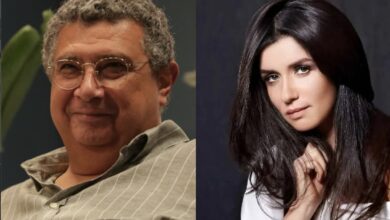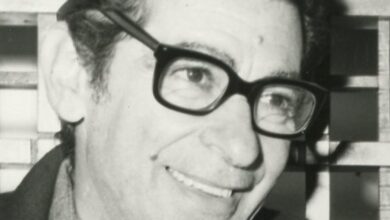
BERLIN – It took iconic Chinese filmmaker Wong Kar-Wai 10 years to bring his personal adaptation of the IP biography to screen, changing and adding more layers to the well-known story of the Bruce Lee mentor and expanding his impressive palette. Stuck in post-production purgatory for two years, “The Grandmaster” has finally arrived, opening the 63rd Berlin International Film Festival on Thursday.
The end result is quite beguiling; a martial epic imbued with all the “In the Mood for Love” director’s quintessential themes of love, loss and regret. Visually, Kar-Wai’s ninth feature is ravishing, containing some of the most striking martial art fight sequences ever filmed. Narratively, the film is less successful, hampered by structural flaws, excised relationships and superfluous storylines. It is undisputedly a unique piece of film, but it also leaves you craving more.
The film begins in 1936. The martial art community is divided between the two opposing forces of the North, represented by Chinese Martial Arts Association founder Gong Yutian (Wang Qingxiang) and the South’s young hope, IP Man (Kar-Wai regular Tony Leung). Hoping to appoint a fitting successor before retirement, the Northern master challenges the little known IP Man for a battle of wits that the latter fairly wins. To avenge her father’s honor, Gong Er (“Crouching Tiger, Hidden Dragon” star Ziyi Zhang) invites IP Man for a follow-up match. She ultimately wins, but in the process, falls in love with him.
Time passes, and numberless forces come between the married IP and the young stubborn fighter: The Sino-Japanese war, the treason of Yutian’s protégé (and Er’s ex-fiancé) Ma San (Zhang Jin), and the disintegration of the pair’s former lives.
“The Grandmaster” is Kar-Wai’s most plotted film to date, abundant with origin stories of the various kung-fu schools along with tales of doomed love, betrayal and family histories.
This adds little to Kar-Wai’s palette. A major flaw is found in the film’s narrative structure. The narrative takes a classical, linear route, beginning from the mid-1930s and marching steadily into the 1950s. The unity of the narrative is abruptly broken with the last part of the film, suddenly jumping back to different episodes in the lives of its characters. It works beautifully at the very end with the flashbacks of both IP Man and Er’s similar childhoods, but for the most part, this move feels clumsy and unwarranted, providing little enhancement to the plaintive ambiance of the conclusion.
The miscalculated narrative directly impacts the central love story between IP Man and Er. The mystical, almost otherworldly connection they form in their duel goes nowhere. They exchange courteous letters through the years, and meet one more time many years later. The few scenes the “2046” stars share are among the most affecting in the film, charged with longing, sorrow and thwarted desires. Alas, there are few of them, and the romance at several intervals of the films gets lost in the copious marginal subplots, some of which function as empty fodder for the action sequences — the “Razor” story, for instance, is forced upon the drama, emerging as a loose episode unrelated to the main plot.
On a purely visual level, though, “The Grandmaster” is a cinematic poem, teeming with breathtaking instances of beauty. Each sequence reflects disparate sets of moods, sentiments and purposes. Anger, grace, playfulness and resignation act as projections not only of the characters’ personalities, but as commentary on the unfolding action punctuating the flow of the narrative. Kar-Wai does not shoot the action as dance pieces. Wide angles are minimally used; extreme close-ups of clashing fists, falling blood drops and exchanged glances lend an unusual impressionistic feel to the highly stylized fights.
Unlike Kar-Wai’s previous pictures, history plays an imperative role in the characters’ existence, replacing fate in shaping and altering their lives. This is a story about lovers stranded in time, unable to move forward. The stunning mise-en-scène, augmented by Kar-Wai’s signature slow-motion sequences, induces this effect. The snowy deserted streets, the smoky brothels, the shabby apartment buildings all illustrate the character’s emotional seclusion. The recurrent symbolic use of trains signifies the irrevocable passage of time and the characters’ resistance to it.
There is a great film in this material somewhere, a martial arts “Brief Encounter” perhaps, but it is not present in the current two-hour version. A four-hour director’s cut could possibly do justice to the story Kar-Wai took a decade to realize.
The Berlin Film Festival concludes on February 17.



